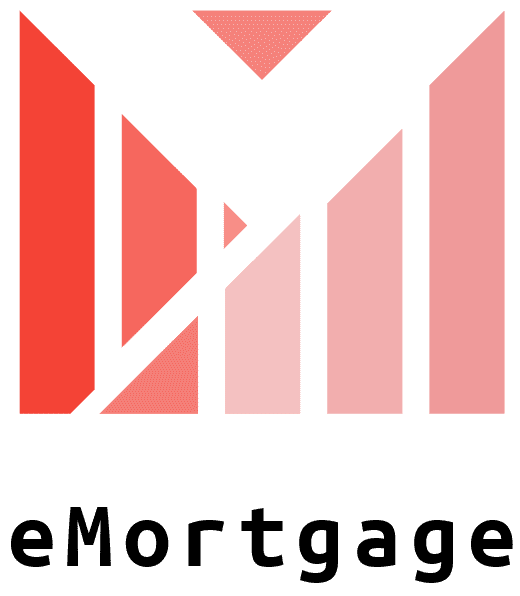When it comes to retirement planning, one often underexplored avenue is the reverse mortgage. It’s a financial tool that flips the script on traditional home loans, allowing retirees to draw on the equity they’ve built up in their homes. This blog post will dive deep into the intricacies of reverse mortgages, unraveling how they function, who can benefit from them, and the critical considerations before securing one.
What Is a Reverse Mortgage?
A reverse mortgage is a loan available to homeowners 62 or older who have significant home equity. Instead of making monthly payments to a lender, the lender makes payments to the borrower, based on a percentage of the value of the home. Over time, the homeowner’s debt increases, and home equity decreases.
The Mechanics of a Reverse Mortgage
The beauty of a reverse mortgage lies in its flexibility. Homeowners can choose how they receive funds: lump sum, monthly payments, or as a line of credit. The loan balance grows over time as interest and fees are added to the loan amount, and it’s not due until the last surviving borrower dies, sells the home, or permanently moves out.
The Types of Reverse Mortgages
There are primarily three types of reverse mortgages: Home Equity Conversion Mortgages (HECMs), which are federally insured; proprietary reverse mortgages, which are private loans; and single-purpose reverse mortgages, offered by some state and local government agencies and nonprofit organizations, which are the least expensive option but can be used only for one purpose specified by the lender.
Who Benefits from a Reverse Mortgage?
Reverse mortgages are best suited for homeowners who are ‘house rich but cash poor,’ meaning they have a lot of home equity but limited income. For those who want to stay in their home and can afford the cost of maintaining their property, a reverse mortgage can provide a steady stream of income to help cover basic living expenses or pay for healthcare.
Understanding the Costs
Reverse mortgages come with unique costs. Borrowers must pay an origination fee, upfront mortgage insurance premium (for HECMs), an appraisal fee, and ongoing mortgage insurance premiums. Interest is added to the loan balance each month, and over time the balance grows.
The Reverse Mortgage Payout Options
Borrowers have multiple payout options, which include:
- Tenor payment: equal monthly payments as long as at least one borrower lives and continues to occupy the property as a principal residence.
- Term payment: equal monthly payments for a fixed period of months selected.
- Line of credit: unscheduled payments or in installments, at times and in amounts of the borrower’s choosing until the line of credit is exhausted.
- Modified tenure: combination of line of credit and scheduled monthly payments for as long as you remain in the home.
- Modified term: combination of line of credit plus monthly payments for a fixed period of months selected by the borrower.
Impact on Estate and Heirs
One common concern with reverse mortgages is their impact on the borrower’s estate and heirs. It’s crucial to understand that the loan must be repaid when the borrower passes away or moves out. If the heirs wish to keep the home, they must pay off the reverse mortgage, which can sometimes be done by refinancing into a traditional mortgage.
Pros and Cons
Reverse mortgages offer the advantage of improving a retiree’s cash flow by tapping into home equity without the need to sell the home. They also come with no tax implications and have flexible payment options. However, they reduce the equity in the home, can be costly in terms of fees and interest, and may affect eligibility for government benefits.
Is a Reverse Mortgage Right for You?
Deciding whether a reverse mortgage suits you involves a thorough examination of your financial situation, long-term goals, and the potential risks. Consulting with a financial advisor and a HUD-approved counselor can provide valuable insight and guidance.
Alternatives to Consider
Before deciding on a reverse mortgage, consider alternatives such as downsizing to a smaller home, refinancing with a traditional mortgage, or even selling your home to fund retirement. Each option carries its own set of pros and cons and should be considered in the context of your unique circumstances.
The Bottom Line: Weighing Your Decision
A reverse mortgage can be a powerful tool in your retirement planning arsenal, providing financial flexibility when you need it most. However, it’s not a one-size-fits-all solution. As with any significant financial decision, it demands due diligence, thoughtful consideration, and a clear understanding of the commitment you’re undertaking.
For those who decide a reverse mortgage is the right move, it can turn one of your most significant assets into a foundation for a more comfortable and secure retirement. It’s a decision that requires introspection and strategy, but for the right homeowner, it can be an astute financial maneuver to “reverse” their way into financial reassurance during their golden years.
In a world where financial stability in retirement is increasingly challenging to achieve, understanding all available options, including the more complex ones like reverse mortgages, is crucial. Should you choose this path, it may not only be a reverse mortgage but a forward-thinking step towards a more prosperous and secure retirement.
As always, the key to making an informed decision lies in education and consultation with financial experts who can guide you based on your personal financial situation. May your decisions in retirement be as sound and robust as the home that has given you shelter and comfort all these years.



